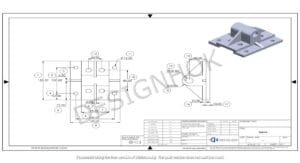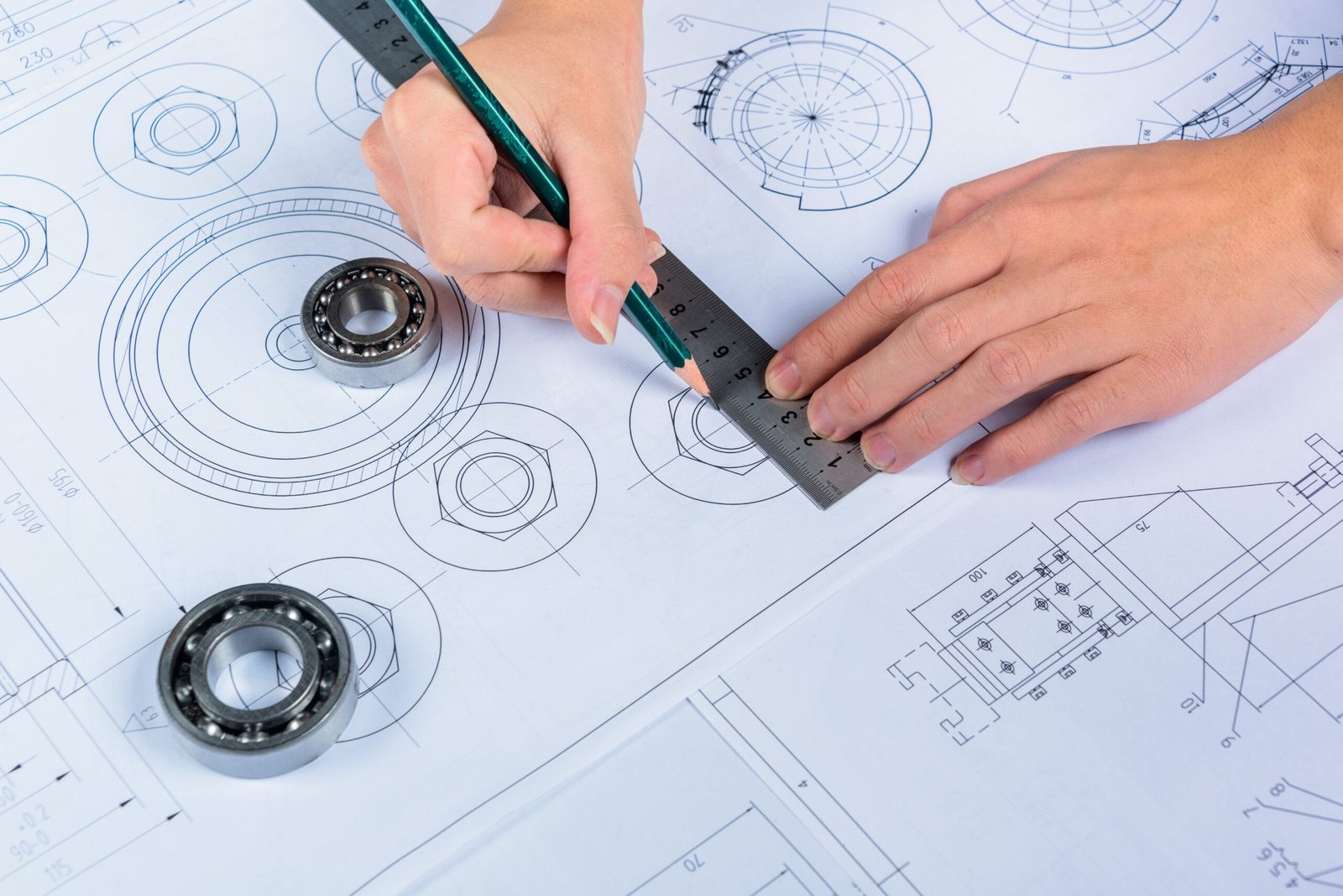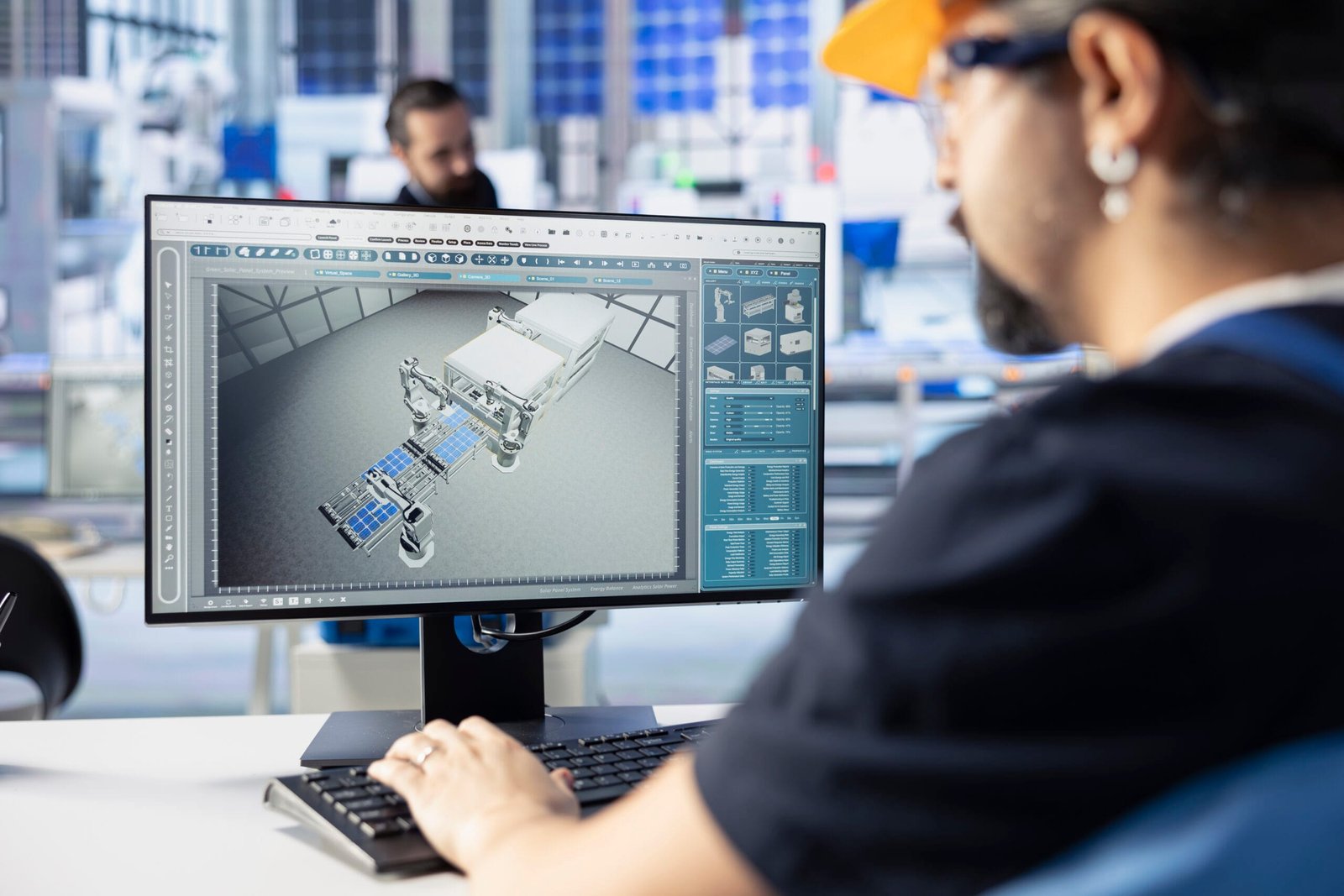What Sub-Discipline of Mechanical Engineering
Explore the world of automotive engineering, a specialized sub-discipline of mechanical engineering that focuses on vehicle design, development, and testing. Learn how automotive engineers play a vital role in creating innovative, safe, and efficient vehicles through rigorous design processes and testing methodologies.
What Sub-Discipline of Mechanical Engineering Focuses Heavily on Vehicle Design and Testing?
Each specializing in different areas of design, analysis, and testing. One particular sub-discipline that focuses heavily on vehicle design and testing is Automotive Engineering. This branch of mechanical engineering is dedicated to the research, development, design, and testing of vehicles, including cars, trucks, motorcycles, and other forms of transportation. Let’s dive deeper into what makes automotive engineering unique and how it plays a crucial role in the development of modern vehicles.
Tranform pursue emerging experiences before emerging content. Efficiently underwhelm customer directed total linkage after B2C synergy. Dynamically simplify superior human capital whereas efficient infrastructures. Authoritatively generate e-business web-readiness after wireless outsourcing. Seamlessly evisculate visionary scenarios for resource maximizing mindshare.
What Is Automotive Sub-Discipline of Mechanical Engineering?
Automotive engineering is a specialized Sub-Discipline of Mechanical Engineering that deals with the design, development, manufacturing, and testing of vehicles. Sub-Discipline of Mechanical Engineering in this field work on everything from the overall vehicle design to specific components like the engine, transmission, suspension, and braking systems. They also focus on improving vehicle performance, safety, and fuel efficiency while reducing emissions and environmental impact.

The Role of Automotive Sub-Discipline of Mechanical Engineering
Automotive engineers are responsible for creating innovative solutions to enhance vehicle performance, safety, and comfort. Their work encompasses several key areas:
- Vehicle Design: Automotive engineers design the overall structure and appearance of the vehicle, ensuring that it meets aesthetic, functional, and safety requirements.
- Powertrain Development: This includes the design and optimization of engines, transmissions, and drivetrains to improve performance and fuel efficiency.
- Chassis and Suspension: Engineers design and test the vehicle’s chassis and suspension systems to provide stability, handling, and ride comfort.
- Safety Systems: Automotive engineers develop safety features such as airbags, seat belts, and crumple zones to protect occupants in the event of a collision.
- Emission Control: They work on reducing vehicle emissions through the development of more efficient engines and alternative power sources like electric and hybrid systems.
Design Process in Automotive Sub-Discipline of Mechanical Engineering
The design process in automotive engineering is complex and involves several stages:
- Concept Development: The initial stage where ideas are generated, and concepts are created. This phase focuses on meeting market demands and regulatory requirements.
- Design and Simulation: Using CAD software, engineers create detailed 3D models of the vehicle and its components. Simulations are then conducted to predict the performance and behavior of the design under various conditions.
- Prototyping: After the design is finalized, a prototype is built. This prototype is a working model that allows engineers to test the design in real-world conditions.
- Testing and Validation: The prototype undergoes rigorous testing, including crash tests, durability tests, and performance assessments. Sub-Discipline of Mechanical Engineering use the data from these tests to refine and improve the design.
- Production: Once the design is validated, it moves into production, where the vehicle is manufactured on a large scale.

Testing in Automotive Sub-Discipline of Mechanical Engineering
Testing is a critical part of automotive engineering. Engineers must ensure that vehicles meet safety standards, perform reliably, and provide a comfortable driving experience. Some common types of testing include:
- Crash Testing: Simulating collisions to evaluate the vehicle’s safety features and structural integrity.
- Durability Testing: Assessing how well the vehicle withstands wear and tear over time.
- Performance Testing: Measuring the vehicle’s acceleration, braking, handling, and fuel efficiency.
- Emissions Testing: Ensuring that the vehicle meets environmental regulations by minimizing harmful emissions.
The Importance of Innovation in Automotive Sub-Discipline of Mechanical Engineering
The automotive industry is constantly evolving, with new technologies and innovations emerging regularly. Automotive engineers play a vital role in integrating these advancements into vehicle design. For example:
- Electric and Hybrid Vehicles: Sub-Discipline of Mechanical Engineering are developing new powertrains and battery systems to improve the range and efficiency of electric vehicles.
- Autonomous Vehicles: The design and testing of self-driving cars require engineers to create advanced sensors, control systems, and algorithms.
- Lightweight Materials: To improve fuel efficiency, engineers are using lightweight materials like carbon fiber and aluminum in vehicle construction.
Challenges in Automotive Sub-Discipline of Mechanical Engineering
Automotive engineers face several challenges in their work, including:
- Regulatory Compliance: The Sub-Discipline of Mechanical Engineering must ensure that vehicles meet strict safety and environmental regulations.
- Cost Constraints: Balancing performance, safety, and cost is a constant challenge in vehicle design.
- Consumer Expectations: Meeting consumer demands for reliability, comfort, and innovation requires continuous improvement and adaptation.
Conclusion
Automotive engineering is a crucial Sub-Discipline of Mechanical Engineering that focuses on the design, development, and testing of vehicles. This field plays a vital role in creating safe, efficient, and innovative vehicles that meet the needs of consumers and the demands of the modern world. Whether it’s developing new powertrains, enhancing safety features, or integrating cutting-edge technologies, automotive engineers are at the forefront of shaping the future of transportation.
FAQs
1. What is the main focus of automotive engineering?
Automotive engineering focuses on the design, development, and testing of vehicles, including cars, trucks, and motorcycles.
2. How does automotive engineering contribute to vehicle safety?
Automotive engineers develop and test safety features like airbags, seat belts, and crumple zones to protect occupants during collisions.
3. What role does testing play in automotive engineering?
Testing is crucial for ensuring that vehicles meet safety standards, perform reliably, and provide a comfortable driving experience.
4. How do automotive engineers improve vehicle efficiency?
Engineers work on optimizing powertrains, reducing weight, and developing alternative power sources like electric and hybrid systems to improve efficiency.
5. What challenges do automotive engineers face?
Challenges include meeting regulatory compliance, balancing cost and performance, and keeping up with consumer demands for innovation.





